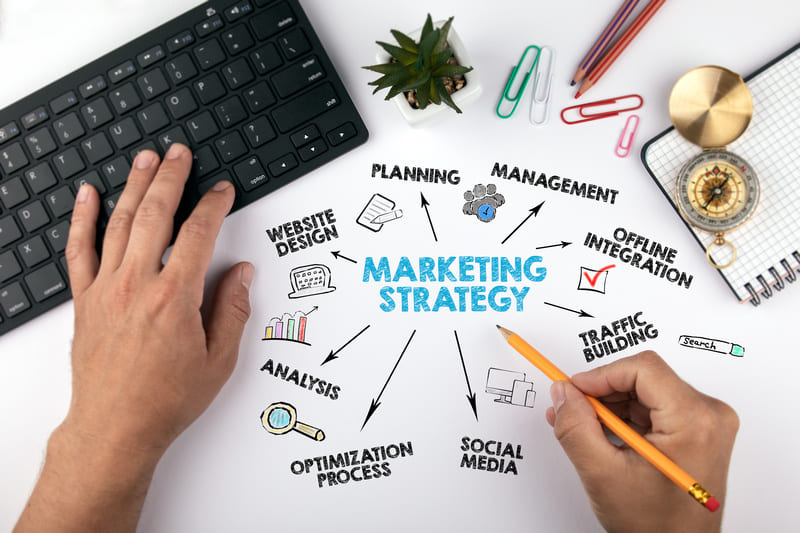Introduction
The digital landscape of eCommerce demands an intricate balance of several marketing strategies. This article aims to provide an understanding of the nuances involved in eCommerce marketing.
UI/UX Considerations
Importance of User Interface (UI) and User Experience (UX) in eCommerce
The UI and UX design of an eCommerce website are crucial components that significantly impact customer interaction, satisfaction, and conversion rates. A well-designed UI/UX not only enhances the aesthetic appeal but also simplifies the browsing and purchasing process for customers.
- Intuitive Navigation and Layout:
- Design the website layout to be intuitive and easy to navigate. Clear categorization of products and an easily accessible search function can significantly enhance the user experience.
- Implement a responsive design that ensures your website is easily navigable on various devices, including desktops, tablets, and smartphones.
- Product Display and Information:
- High-quality images and detailed product descriptions are vital. Include multiple views and zoom-in options for products.
- Offer comprehensive product information including specifications, size guides, and user reviews to assist in the decision-making process.
- Streamlined Checkout Process:
- Simplify the checkout process to reduce cart abandonment. A straightforward, step-by-step checkout with clear instructions improves user experience and conversion rates.
- Provide multiple payment options and ensure secure transactions to build trust with customers.
- Loading Speed and Performance Optimization:
- Optimize website speed as slow loading times can lead to higher bounce rates. Utilize caching, image optimization, and consider a content delivery network (CDN) to improve performance.
- Regularly test website performance and loading times across different devices and browsers.
- Mobile-First Approach:
- With the increasing use of smartphones for online shopping, a mobile-first approach is critical. Ensure that the mobile version of your site is as functional and user-friendly as the desktop version.
- Personalization:
- Implement personalization tactics such as personalized product recommendations and user-specific content. This can lead to increased engagement and sales.
- Accessibility:
- Design your website to be accessible to all users, including those with disabilities. This includes considerations for screen readers, keyboard navigation, and color contrast.
- Feedback and Continuous Improvement:
- Actively seek user feedback through surveys or feedback forms and use this information to make continuous improvements to your site.
- Implement tools like heat maps and session recordings to understand user behavior and identify areas for enhancement.
Pay-Per-Click (PPC) & SEO
For an eCommerce business, visibility is the cornerstone of success. A well-structured PPC campaign can help you achieve immediate visibility, while SEO is crucial for long-term organic growth.
- PPC: With the help of PPC, you can target very specific audiences and demographics. This allows you to market the right products to the right audience, minimizing spend while maximizing ROI.
- SEO: To achieve organic growth, focus on SEO best practices like keyword research, meta descriptions, and quality content. Organic traffic tends to have a higher lifetime value than paid traffic.
Email Marketing
Cart abandonment is a significant challenge for eCommerce platforms. Automated email sequences can be employed to re-engage customers who have abandoned their carts.
- Cart Recovery: Automated emails should be designed to trigger upon cart abandonment, gently nudging the customer to complete the purchase.
- Customer Retention: Periodic emails featuring new arrivals, sales, and personalized recommendations can keep past customers engaged.
Implication & Strategy
A well-rounded digital marketing strategy that focuses on customer retention as much as acquisition can often prove to be the key to eCommerce success. Budget allocation between PPC, SEO, and Email marketing should be done based on analytics data and ROI calculations. Periodic A/B testing is recommended for continuous optimization.



